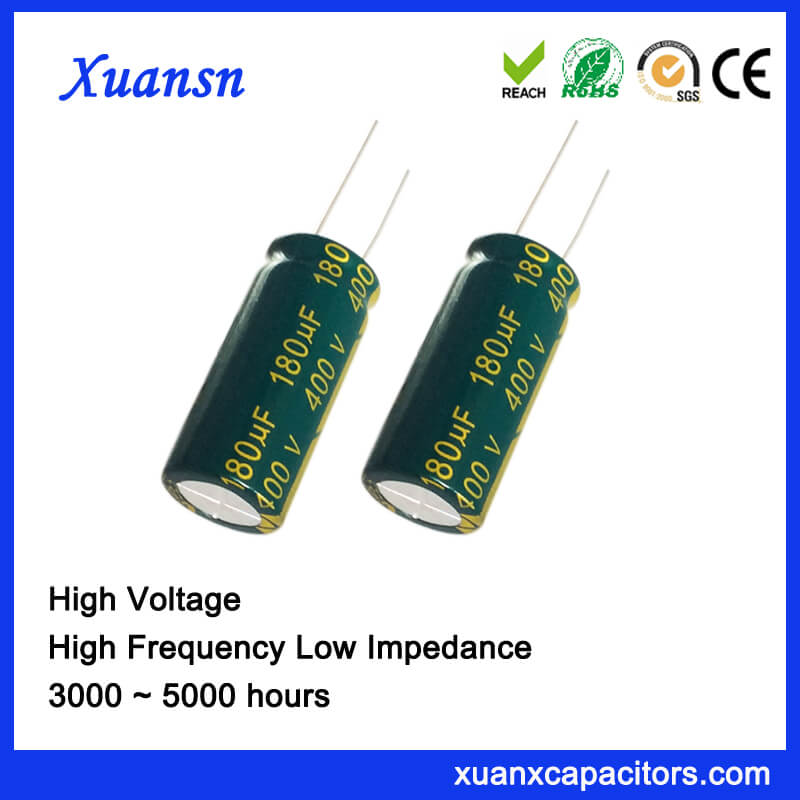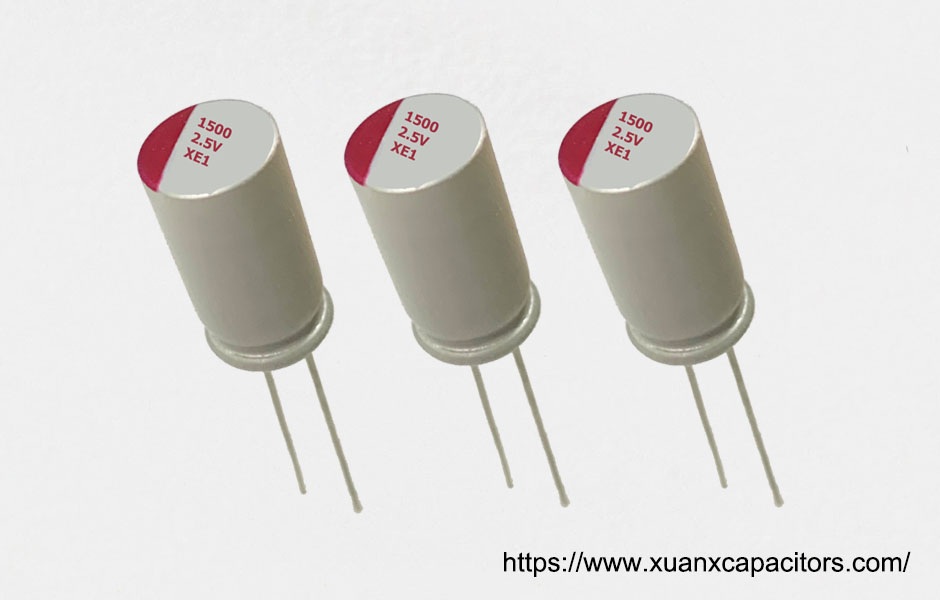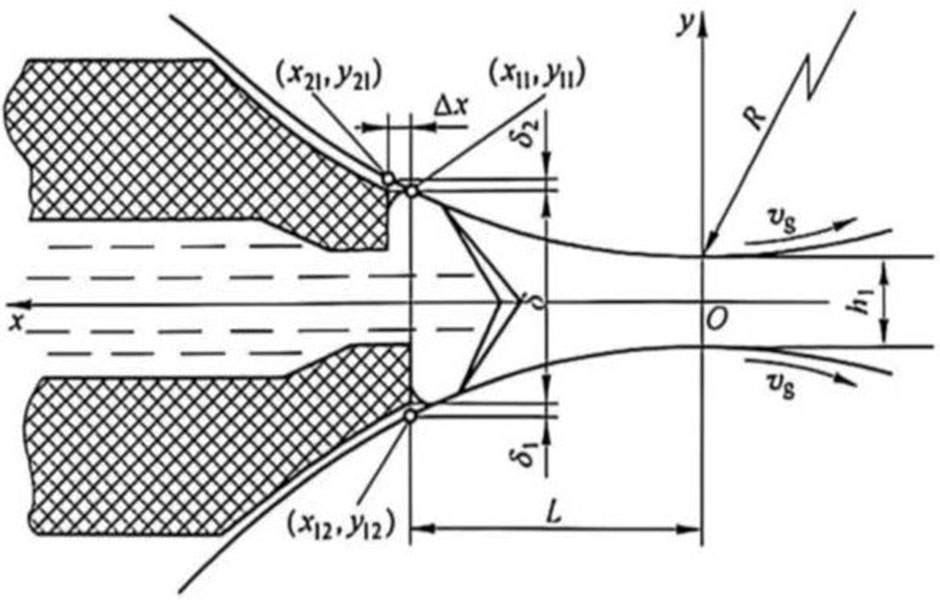An aluminum electrolytic capacitor, usually simply called an electrolytic capacitor (e-cap), is a capacitor whose anode (+) consists of pure aluminum foil with an etched surface, covered with a uniformly very thin barrier layer of insulating aluminium oxide, which operates as a dielectric. The electrolyte, which covers the rough surface of the oxide layer, operates as the second electrode, the cathode (-). E-caps have the largest capacitance values per unit volume compared to the two other main conventional capacitor families, ceramic and plastic film capacitors, but much smaller capacitance than similar sized supercapacitors.

There are basically two types of Aluminium Electrolytic Capacitor, the plain foil type and the etched foil type. The thickness of the aluminium oxide film and high breakdown voltage give these capacitors very high capacitance values for their size.
The foil plates of the capacitor are anodized with a DC current. This anodizing process sets up the polarity of the plate material and determines which side of the plate is positive and which side is negative.
The etched foil type differs from the plain foil type in that the aluminium oxide on the anode and cathode foils has been chemically etched to increase its surface area and permittivity. This gives a smaller sized capacitor than a plain foil type of equivalent value but has the disadvantage of not being able to withstand high DC currents compared to the plain type. Also their tolerance range is quite large at up to 20%. Typical values of capacitance for an aluminium electrolytic capacitor range from 1uF up to 47,000uF.
Etched foil electrolytic’s are best used in coupling, DC blocking and by-pass circuits while plain foil types are better suited as smoothing capacitors in power supplies. But aluminium electrolytic’s are “polarised” devices so reversing the applied voltage on the leads will cause the insulating layer within the capacitor to become destroyed along with the capacitor. However, the electrolyte used within the capacitor helps heal a damaged plate if the damage is small.
Aluminum electrolytic capacitors are divided into three subfamilies by the type of electrolyte:
non-solid (liquid, wet) aluminum electrolytic capacitors,
solid manganese dioxide aluminum electrolytic capacitors, and
solid polymer aluminium electrolytic capacitors.




